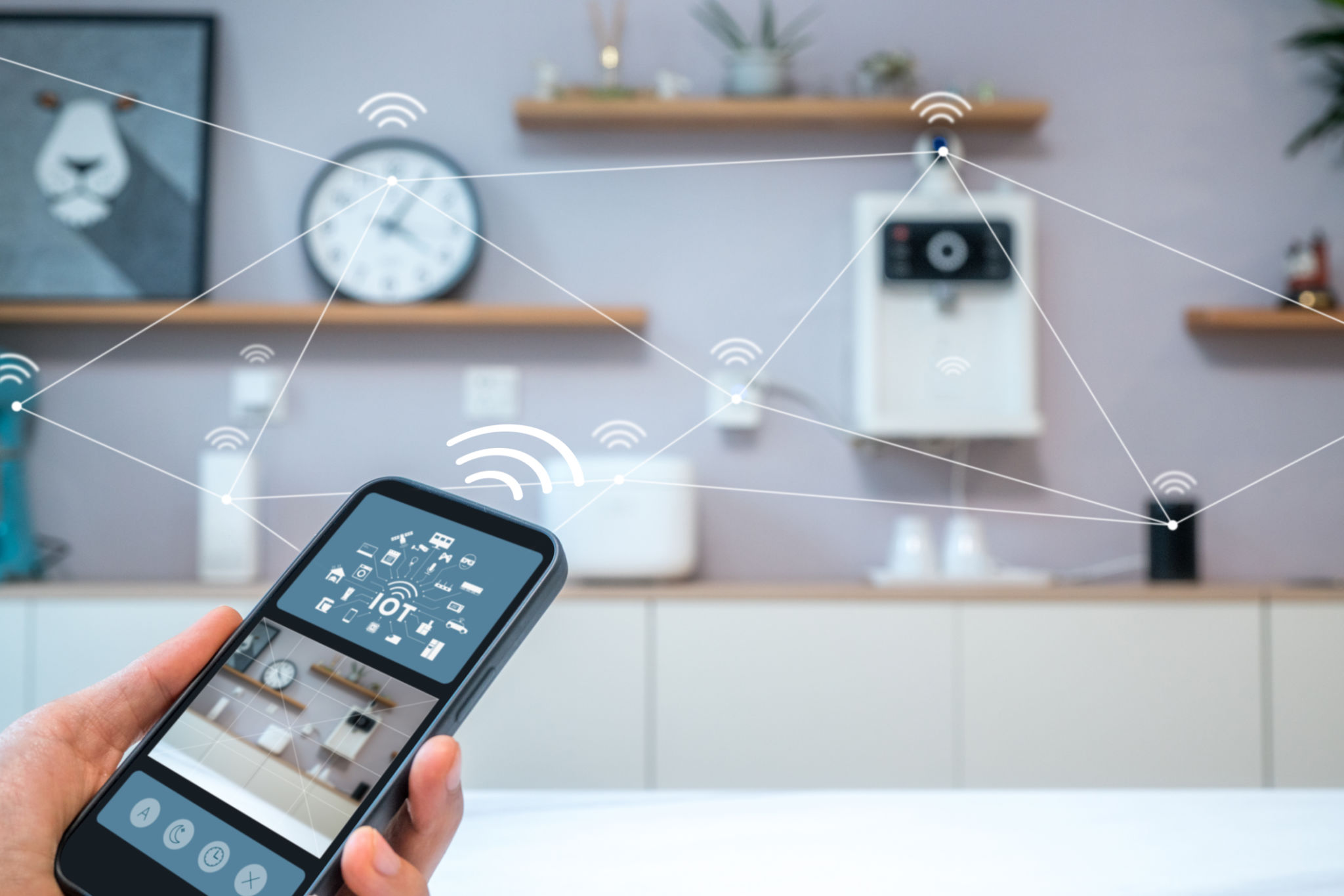Top Smart Home Design Trends to Watch
Sa
Seamless Integration of Smart Technology
The modern home is evolving at an unprecedented pace, with smart technology taking center stage in design. One of the most notable trends is the seamless integration of smart devices into everyday living spaces. This trend focuses on blending technology with design so that devices like smart speakers, thermostats, and lighting systems become an unobtrusive part of the home environment.
Designers are increasingly embedding smart home technology into furniture and fixtures, creating a harmonious look and feel. For instance, smart mirrors with built-in assistants or tables with wireless charging pads are becoming more common. This integration not only enhances the functionality of spaces but also maintains aesthetic appeal.

Sustainable and Energy-Efficient Solutions
Another significant trend in smart home design is the emphasis on sustainability and energy efficiency. Homeowners are now more conscious of their carbon footprint and are opting for energy-efficient solutions. Smart thermostats, solar panels, and energy monitoring systems are gaining popularity for their ability to reduce energy consumption and lower utility bills.
In addition to saving energy, these solutions often come with mobile apps that allow users to monitor and control their energy usage remotely. This not only promotes a greener lifestyle but also adds a layer of convenience to daily routines.
Enhanced Security Features
With the rise in smart home technology, security features have become more sophisticated. Smart locks, video doorbells, and indoor cameras offer enhanced security measures that provide peace of mind for homeowners. These devices can be controlled and monitored via smartphones, allowing for real-time updates and alerts.

The integration of artificial intelligence in these security systems is also noteworthy. AI-powered cameras can now distinguish between familiar faces and strangers, reducing the number of false alarms. This trend is expected to grow as technology continues to advance.
Voice-Controlled Environments
Voice control is no longer just a novelty; it has become a staple in smart home design. Virtual assistants like Amazon Alexa, Google Assistant, and Apple Siri are being integrated into various household systems, allowing for effortless voice-activated control of lights, appliances, and even entertainment systems.
This trend not only adds convenience but also caters to accessibility needs, offering an inclusive solution for individuals with mobility challenges. The ability to control the home environment through simple voice commands is a game-changer for many.
Personalized Smart Living
As technology becomes more advanced, personalization in smart homes is reaching new heights. Homeowners can now tailor their living environments to suit their preferences and lifestyles. From setting mood lighting based on time of day to creating custom playlists that follow you through different rooms, the possibilities are endless.

This trend emphasizes the importance of user-centric design, where the home adapts to its occupants rather than the other way around. As smart technology continues to evolve, personalized living experiences are set to become even more sophisticated.
- Integration of AI: AI is playing a crucial role in making homes smarter by learning from user behavior and optimizing systems accordingly.
- Smart Kitchen Appliances: From refrigerators that track groceries to ovens that can be preheated remotely, the kitchen is becoming a hub of innovation.
- Health and Wellness Features: Smart home technology is now focusing on health, offering features like air quality monitoring and sleep tracking.
The future of smart home design is bright and filled with possibilities. As these trends continue to develop, they will undoubtedly transform the way we live, making our homes more efficient, secure, and tailored to our individual needs. Embracing these innovations will not only enhance our quality of life but also pave the way for a smarter future.